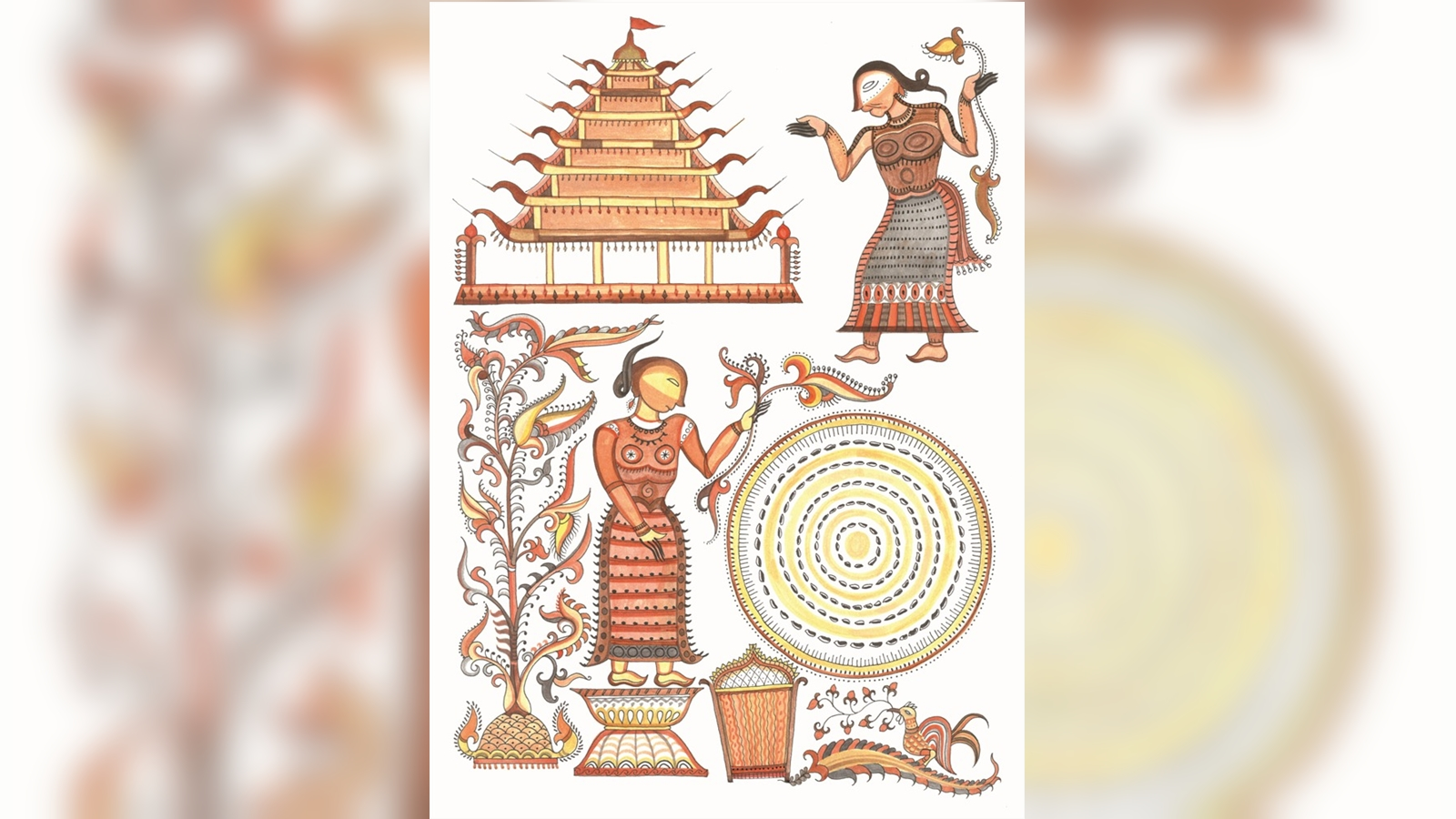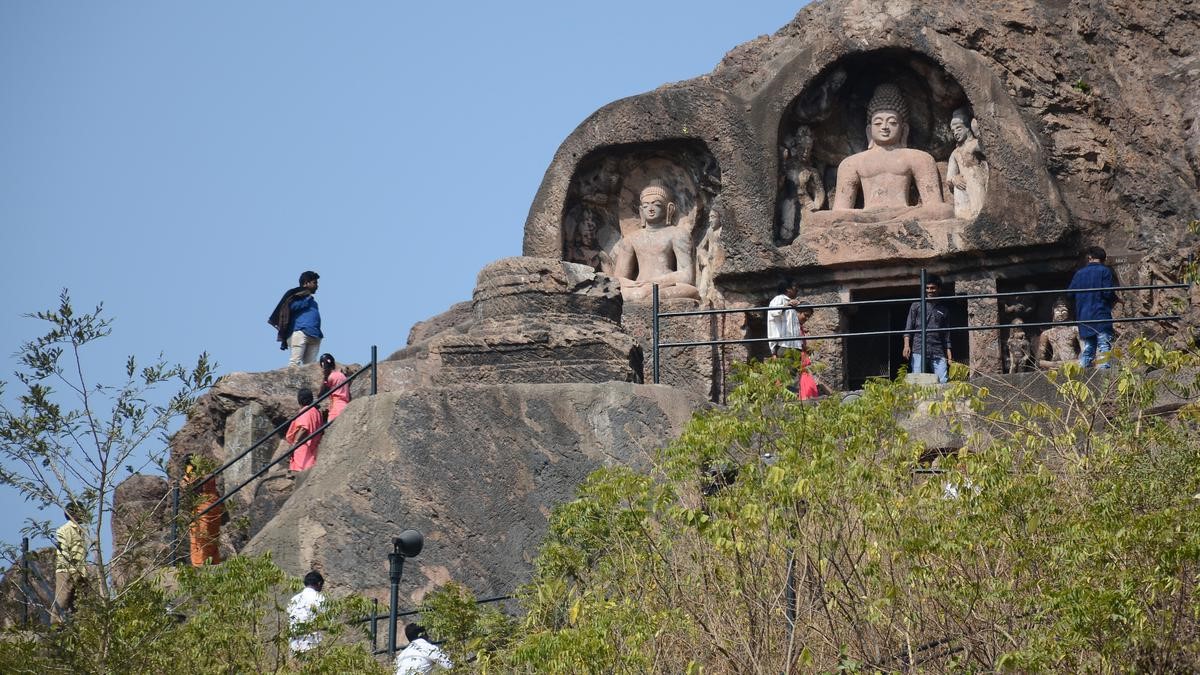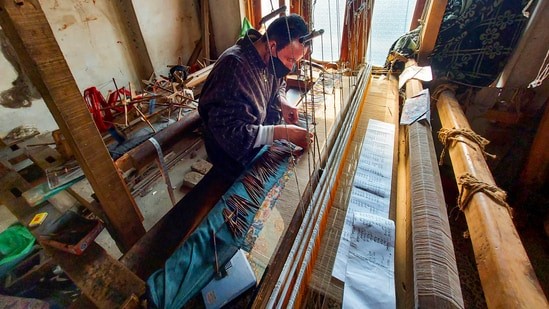Description

Copyright infringement is not intended
Context: In September 2021, the Union government recognised this ancient Dravidian martial art form, a move that could draw more practitioners to it.
About Silambam:
- It is a weapon-based Indian martial art originating in South India in the Indian subcontinent.
- This style is mentioned in Tamil Sangam literature.
- The World Silambam Association is the official international body of Silambam.
- References in the Silappadikkaram show that Silambam has been practiced since at least the 4th century BC.
- The term silambambu referred to a particular type of bamboo from the Kurinjimala (kurinji hills) in present-day Kerala.
- Thus silambam was named after its primary weapon, the bamboo staff.
- It may have earlier used for self-defense and to ward off animals in the Kurinji hills and later evolved into the present-day martial art.
- The ancient city of Madurai formed as the point of focus of Silambam's spreading.
- The Silambam staff was acquired by the Egyptians, Greeks and Romans and was spread back to the Middle East, Europe and North Africa.
- Foot movements plays a key role.
- Movements of animals like snake, tiger, elephant and eagle used
- “Kuttu varisai” – a variant of silambam & uses no weapon
- Associated Legend: this martial art was developed by Lord Muruga (son of Lord Shiva, other name – Kartekeya) & sage Agasthya.
- It travelled from Tamil Nadu to Malaysia.
https://lifestyle.livemint.com/news/how-silambam-an-ancient-dravidian-martial-art-form-is-getting-a-new-life-111645324372144.html














